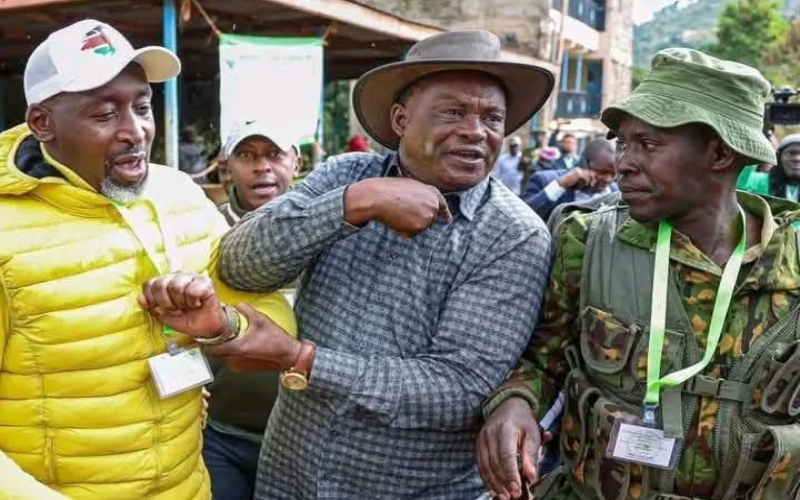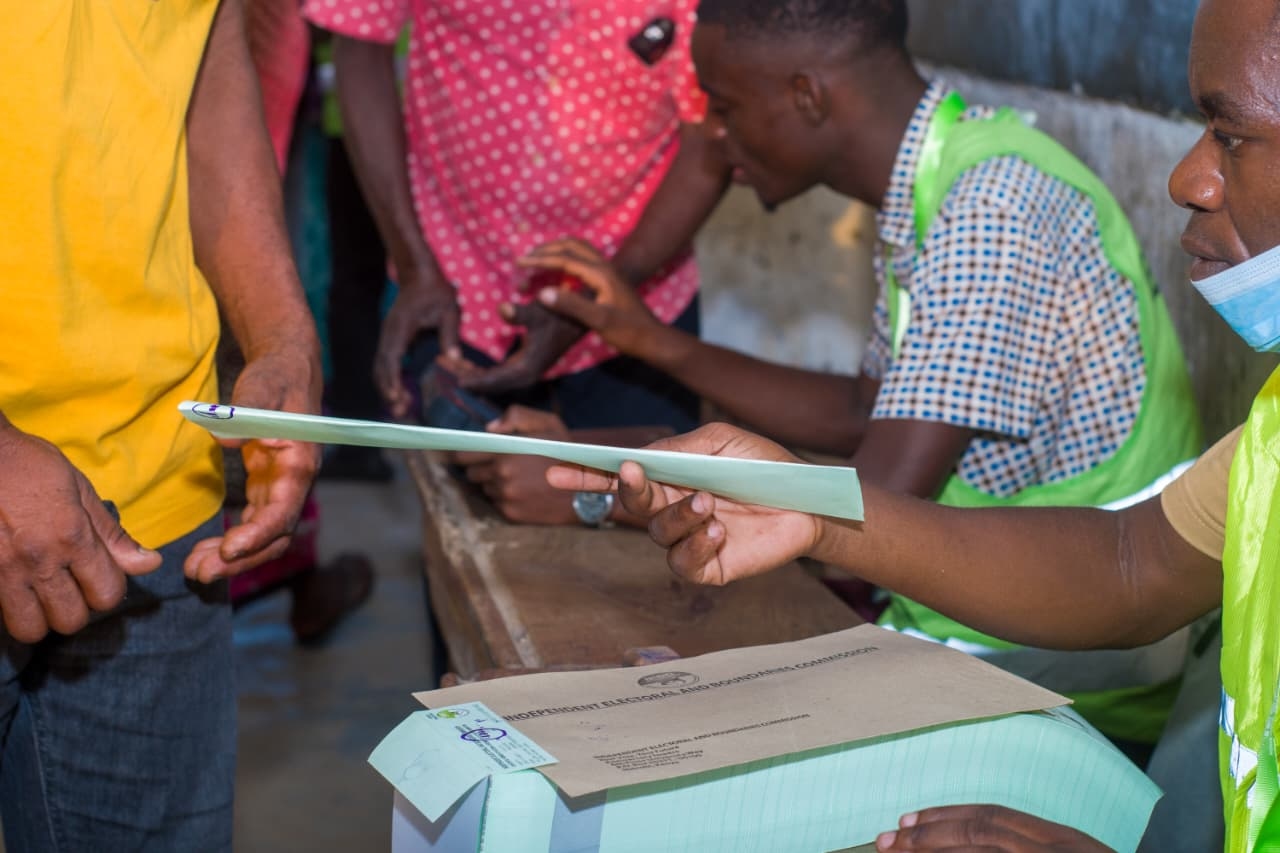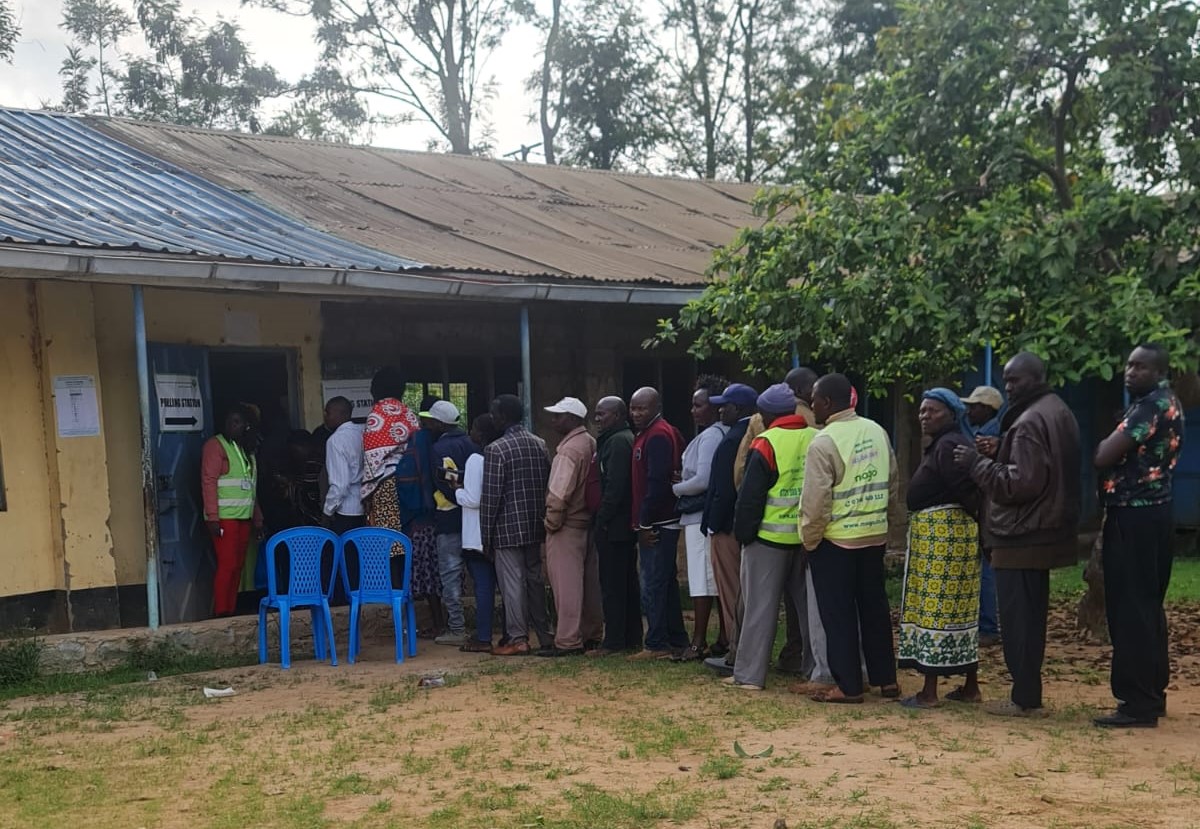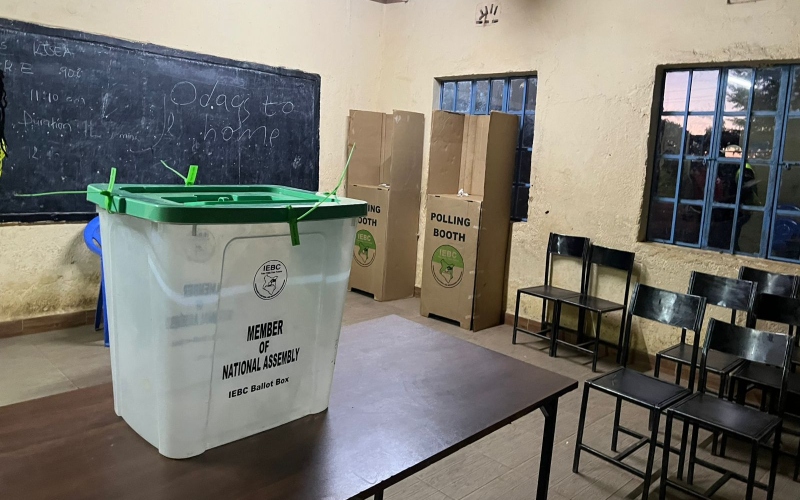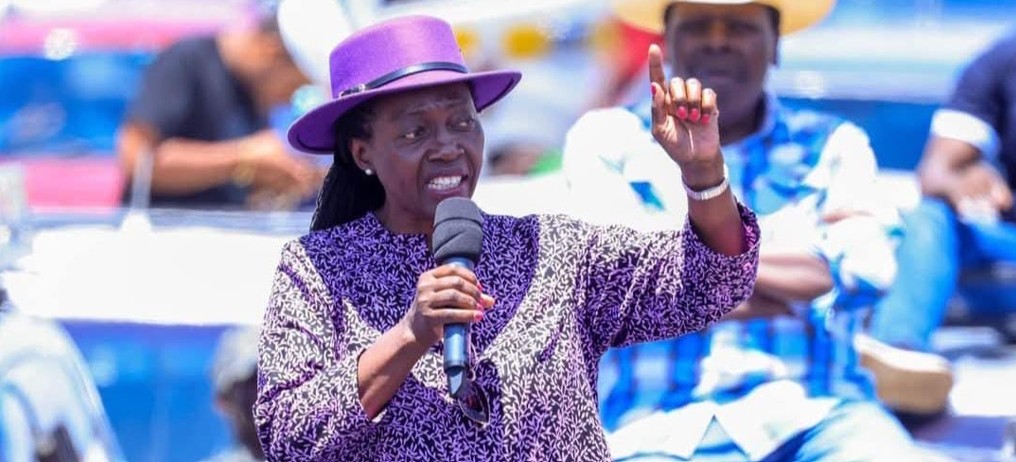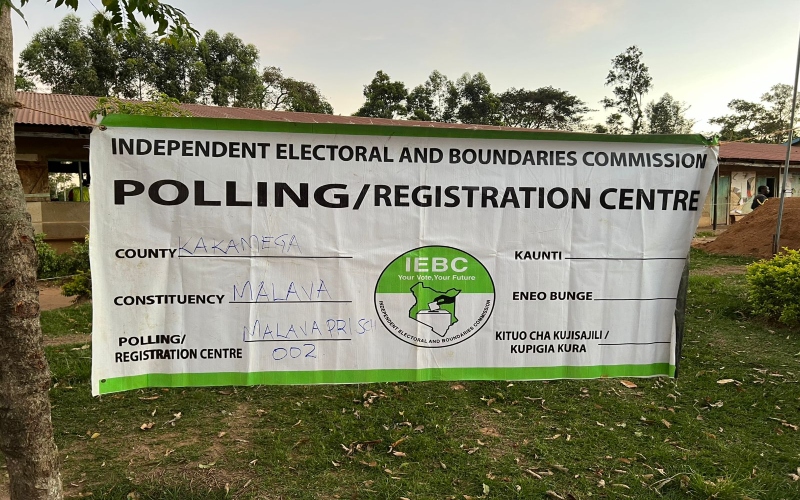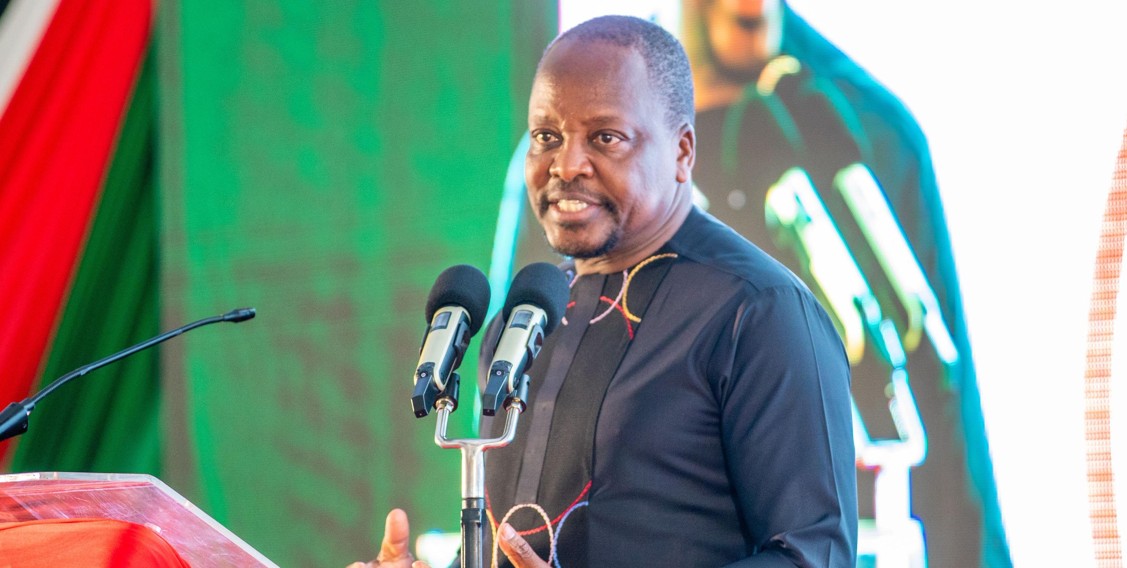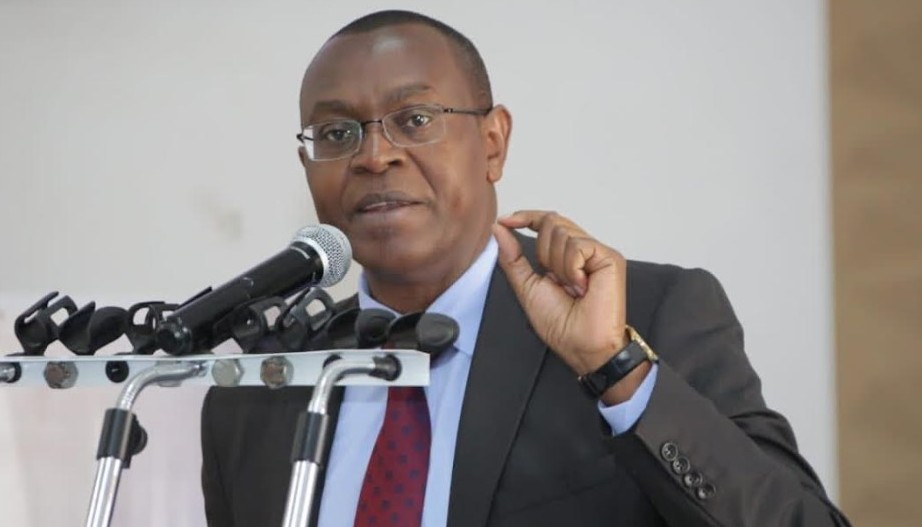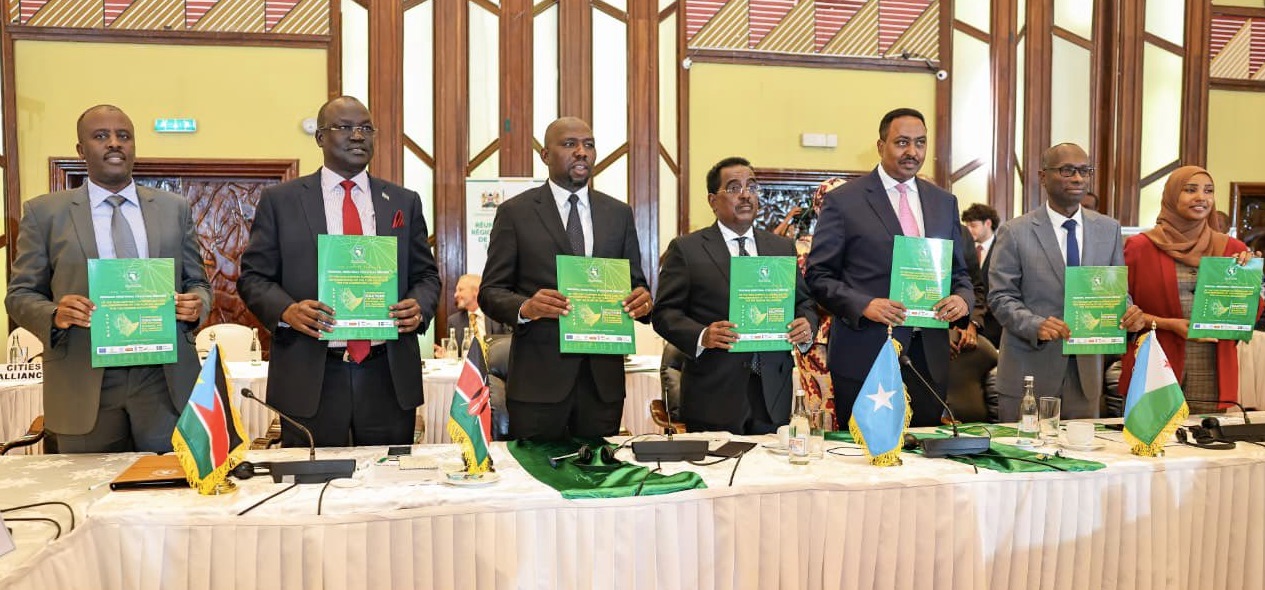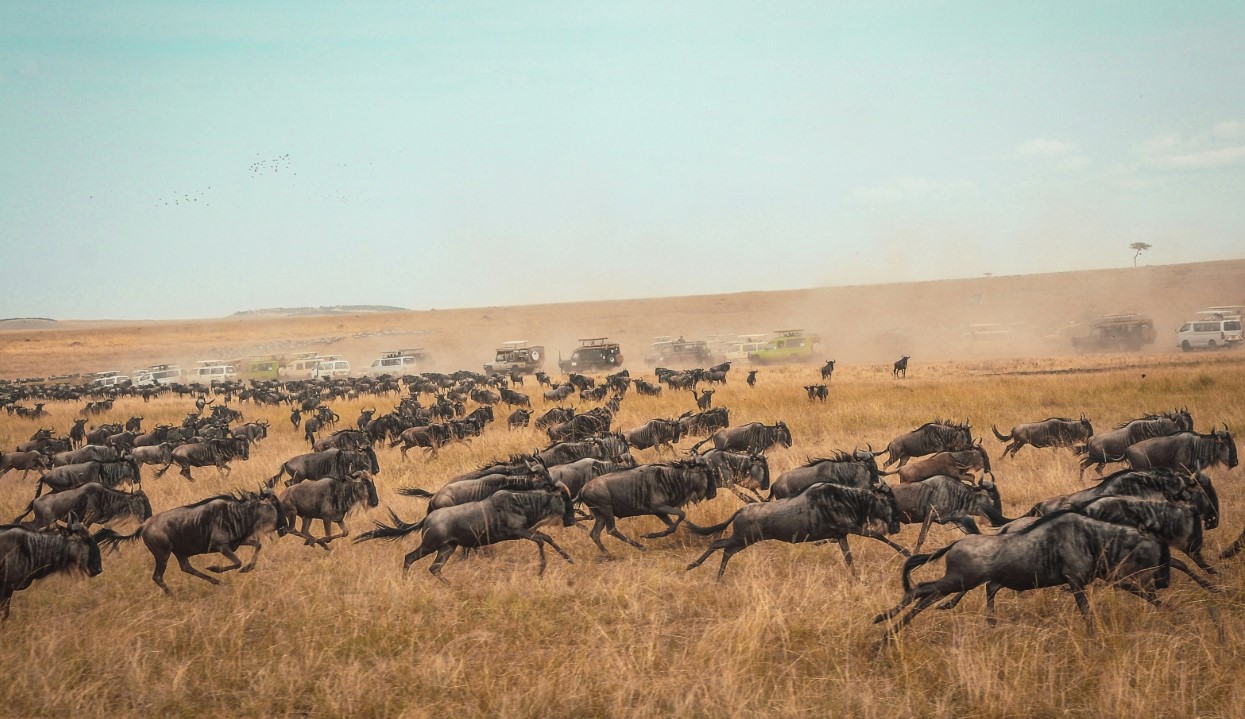Inside the rise of news influencers transforming media in Kenya, Nigeria and South Africa

How this creator space evolves will depend on how platforms promote useful content, whether sustainable business models emerge, and whether audiences stay interested.
Amy Ross Arguedas, University of Oxford and Nic Newman, University of Oxford
More To Read
- Ramaphosa hits back after Trump says South Africa won’t be invited to 2026 G20 summit
- Faith under fire: How social media fuels rising attacks on religions, followers in Ethiopia
- YouTube Music unveils 2025 Recap with AI Chat and story-style year in review
- G20: South Africa hosts summit in shadow of US boycott
- US bars Mandela Foundation Chair in latest diplomatic flashpoint with South Africa
- South Africa rejects US plan to send Chargé d’Affaires for G20 handover
News creators and influencers have become increasingly important sources of news as more people turn to social media and video networks like Facebook and YouTube to inform themselves. By news creators, we mean individuals who create and distribute content mainly through social and video networks and have some impact on public debates around news and current affairs.
While traditional news outlets and journalists still tend to dominate attention for news on legacy platforms like Facebook, data from our Digital News Report 2025 show that news organisations face growing competition from creators on other platforms, especially on newer video-heavy networks.
In South Africa, for example, Facebook, YouTube and X users still pay more attention to traditional news media and journalists than news creators and influencers. But traditional media are now overshadowed by creators and personalities on Instagram (59%) and TikTok (52%).
This shift has not gone unnoticed. In some parts of the world, politicians are routinely adding news creators to their media strategies. Major news brands like CNN and the Washington Post have launched creator collectives or networks. These generate content for young people that’s personality-driven and platform-native (consumed within social media platforms rather than on news websites).
But what kinds of news creators are audiences paying attention to? And how does their role vary across countries?
We tackle these questions in our study published with colleagues at the University of Oxford’s Reuters Institute for the Study of Journalism. We map out news creators and influencers across 24 countries, including three African markets: Kenya, Nigeria and South Africa.
The analysis allowed us to develop an emerging categorisation of news creators, where we describe what they are offering audiences and how this impacts news organisations. It also enabled us to identify countries where influencers are having the biggest (and smallest) impact as well as some of the most important individuals.
Types of news creators
We approached the issue from the perspective of audiences, using data from two online surveys fielded in 2024 and 2025. We analysed responses to open questions where we asked people to name news brands and individuals they paid attention to on social media.
We then compiled lists of the 15 most mentioned individuals in each country and categorised creators based on their approach to news.
We found that the most mentioned news creators centre on commentary, many pushing partisan messages that are often more opinionated than commentary on traditional media, much of it from the political right.
Another subset focuses on news and investigation. Creators and citizen journalists sometimes pioneer open-source approaches and address matters of public interest neglected by mainstream media.
Another group of social-savvy creators focus on explaining the news. They often reach young audiences that traditional media struggle to engage.
Lastly, specialists, many of whom left traditional media, tend to go in-depth on specific niche topics through their YouTube channels, podcasts or Substacks.
We also identified four categories of news-adjacent creators with content focused on comedy, infotainment, gaming or music, and lifestyle, often with even bigger audiences, who can have a significant impact on public debates. In practice, these categories are blurry. Many individual creators combine different approaches or change over time.
Three key findings
1. Creators are making a bigger impact in some countries than others. Audiences are paying more attention to news creators in African countries, as well as many Asian and Latin American markets and the US. This is partly due to higher use of social media overall, but is also shaped by factors that include cultural differences, market size, and the strength or weakness of traditional media. In contrast, creators are playing a smaller role in many Northern European countries and Japan.
2. Prominent news creators tend to be men. This gender imbalance is clear when analysing the most mentioned individuals across the 24 markets, where 85% are men. This is true in the African countries as well: 12/15 of the most mentioned individuals in Kenya, 13/15 in Nigeria and 14/15 in South Africa are men. The difference is especially pronounced in the category of political commentary.
3. YouTube is the most important platform for creators. However, there are some country differences. Facebook is still an important news platform in Kenya and Asia. X is particularly important in South Africa, Nigeria, the US and Japan, and is still the main platform for following politicians. Instagram is widely used for political content in places like Brazil and is often the network of choice for lifestyle and infotainment content.
Takeaways from African markets
Keep in mind that since we rely on an online survey, our South Africa, Kenya and Nigeria data are representative of younger English speakers and not the national population. (Read full country profiles here.)
Kenya: Kenya has a lively creator scene, but when it comes to news, anchors from TV stations (like Larry Madowo from CNN and Lulu Hassan from Citizen TV) top Kenya’s most mentioned list.
Several independent creators such as former Tuko News host Lynn Ngugi, Oga Obinna, and The News Guy are also reaching audiences with personal stories, candid interviews, and breaking news. Entertainment and celebrity news is a key characteristic of the Kenyan market, where Edgar Obare is notorious for spilling celebrity tea, alongside the Nairobi Gossip Club on Instagram.
Nigeria: In Nigeria, activists, well-known TV/radio hosts, and entertainment influencers or accounts are prominent. While broadcasters remain key sources of information, in some cases, influencers and citizen journalists are now breaking stories ahead of mainstream media.
By far the most mentioned individual in Nigeria, VeryDarkMan is an outspoken creator and activist whose posts often show him leading protests. Other activists like Aisha Yesufu and Dan Bello also amass mentions. Beyond politics, creators like Linda Ikeji and the popular Instablog9ja are known for posting entertainment and celebrity news, mainly on Instagram.
South Africa: The number of home-grown news creators in South African list is smaller than in many other countries. South African-born US-based businessman Elon Musk and comedian Trevor Noah feature prominently alongside TikTok star Dylan Page, who spent much of his childhood in the country.
International YouTubers and podcasters like Joe Rogan, Candace Owens and Tucker Carlson are also popular with the survey sample. MacG, host of South Africa’s most popular podcast, is the most mentioned individual, known for candid interviews but also criticised for promoting harmful narratives.
Fragmented news sources
Our findings highlight how messy, fragmented and loosely defined news sources have become as many inform themselves on a variety of platforms.
We find a rich range of news creators (though mostly male) offering a wide array of content that is often creative, engaging and informative. It sometimes fills voids left by news organisations, and is often distant from their conventions – not always to be taken on trust.
Their impact tends to be more strongly felt in populous countries where traditional media are under pressure. While some complement or rely on traditional news media, they also pose a growing source of competition, especially among young audiences that are already reluctant to go to news websites and apps.
The Conversation
***
Amy Ross Arguedas, Postdoctoral Researcher Fellow, Reuters Institute for the Study of Journalism, University of Oxford, University of Oxford and Nic Newman, Senior Research Associate, Reuters Institute for the Study of Journalism, University of Oxford
This article is republished from The Conversation under a Creative Commons license. Read the original article.
Top Stories Today
